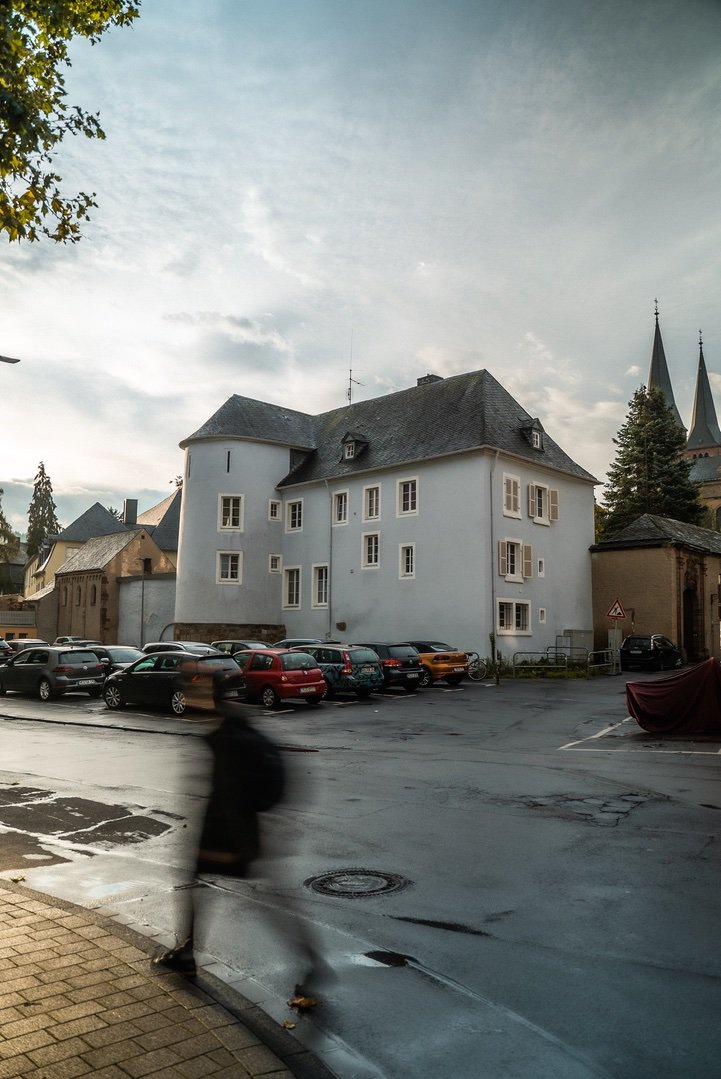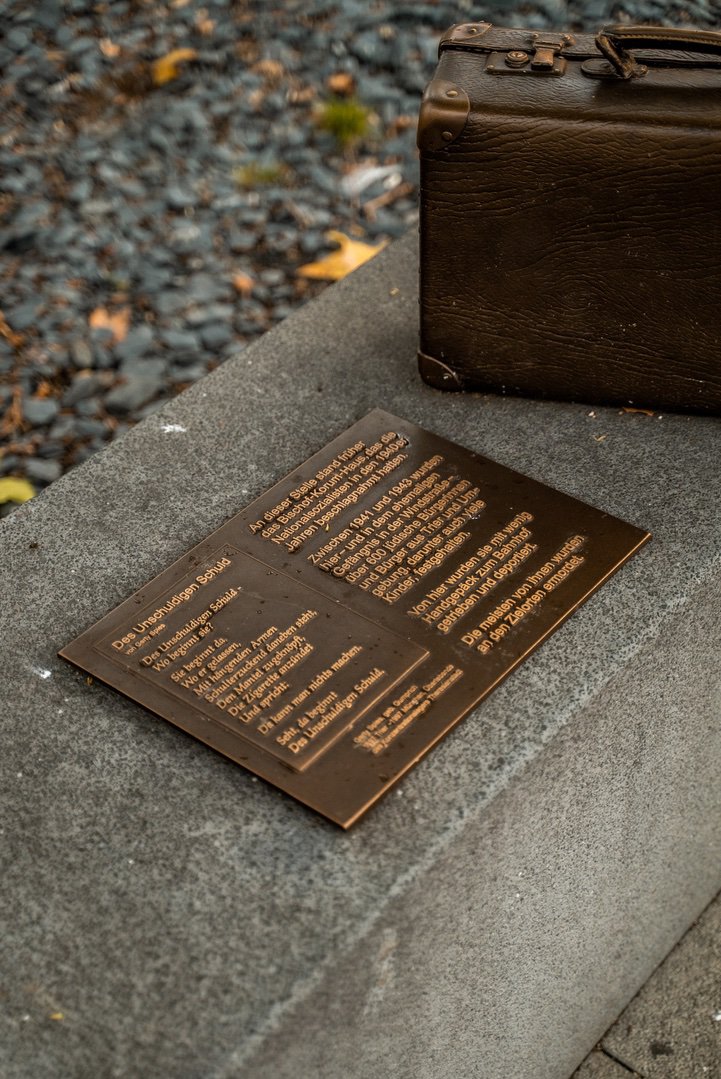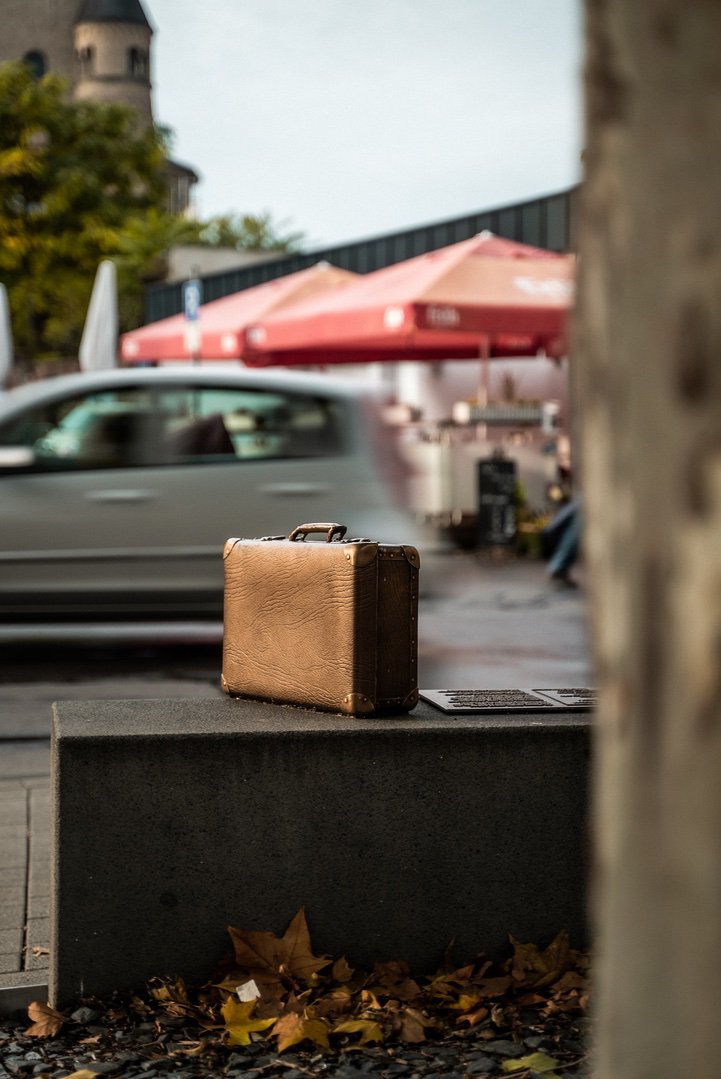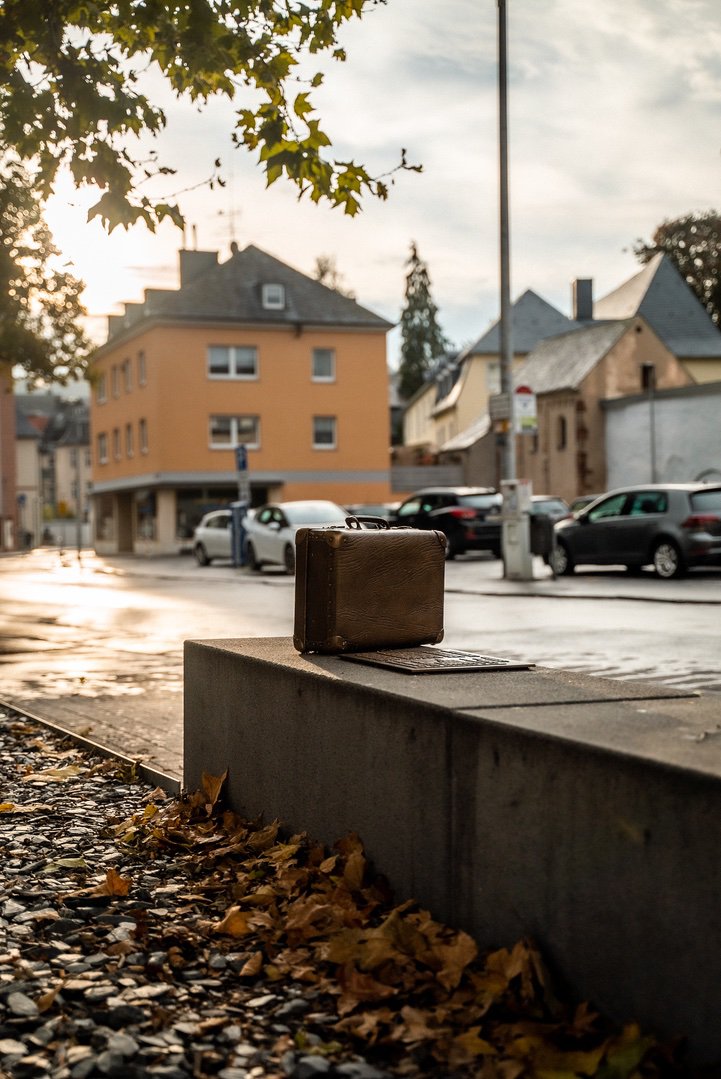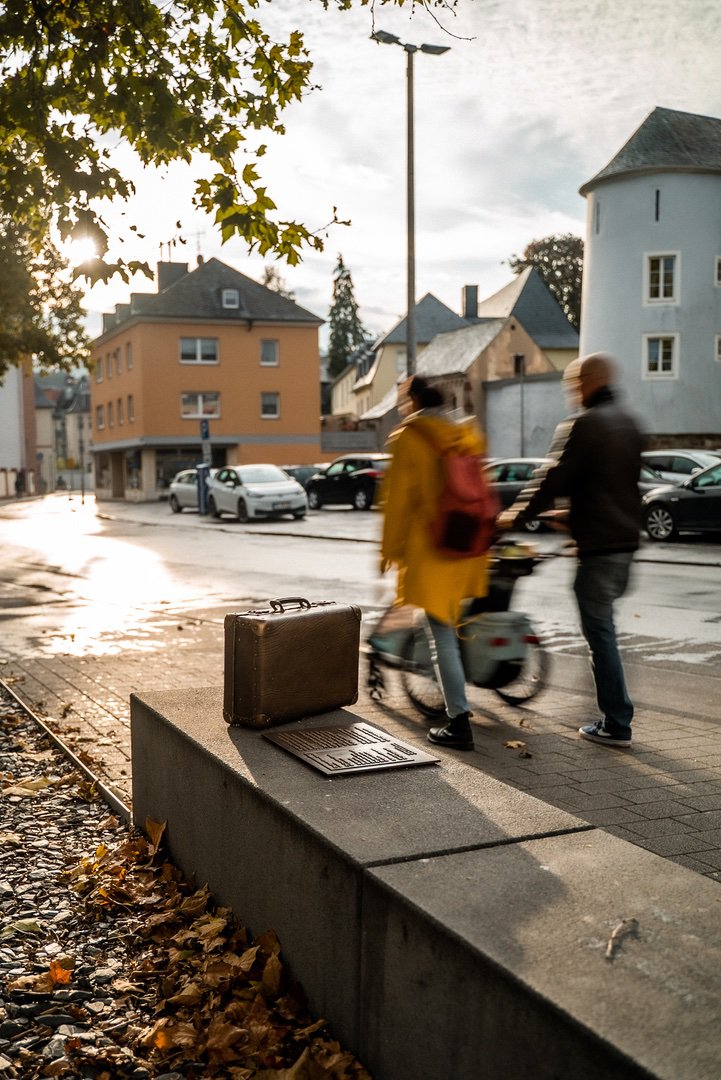Bishop Korum House
The Bishop Korum House was built in 1929 by the Catholic Church as a centre for Catholic youth with a large hall, group rooms and a souvenir shop and is named after Bishop Michael Felix Korum, who presided over the Trier diocese from 1881 to 1921.
At the time of National Socialism, Jews were slandered, marginalised, disenfranchised, herded together, deported and murdered. In 1937, the Bishop Korum House was confiscated by the National Socialists, and between 1941 and 1943 it was repeatedly used as a collective prison for Jewish women and children and sometimes also for Jewish men before their deportation to the East. Jewish women and men had to gather here, were guarded and forced to sign documents by which all their belongings, their cash, their assets, their real estate, if they owned any, fell to the German Reich because they were considered enemies of the state. Research today assumes that about 650 Jews from Trier and the surrounding area were killed. As far as we know, 30 survived, 20 returned to Trier and 14 founded the Jewish Community of Trier.
One of the most impressive documents telling of the deportation from Trier comes from Erich Süßkind: "On 27 February 1943 at dawn I was arrested together with my wife and my underage son. I myself, like all Jewish men at that time, was sent to the Windstraße prison, while my wife and son were taken with the other Jewish women and children to the Bishop Korum House, where they were under the guard of the SS. Then, on 1 March 1943, we were all loaded into railway passenger cars. The transport went first to Dortmund. There all the Jews from Trier - men, women and children - were taken to the city slaughterhouse, where Jews from other cities were already waiting. A new transport was put together. Crammed into cattle cars, the train left on 2 March for Auschwitz, where it arrived on 3 March. During the journey there was nothing to eat and nothing to drink. In Auschwitz, the women and children were first separated from the men. That was the last time I saw my wife and son on the ramp."
Author: Thomas Zuche
Editorial staff: Prof. Dr. Frank G. Hirschmann
